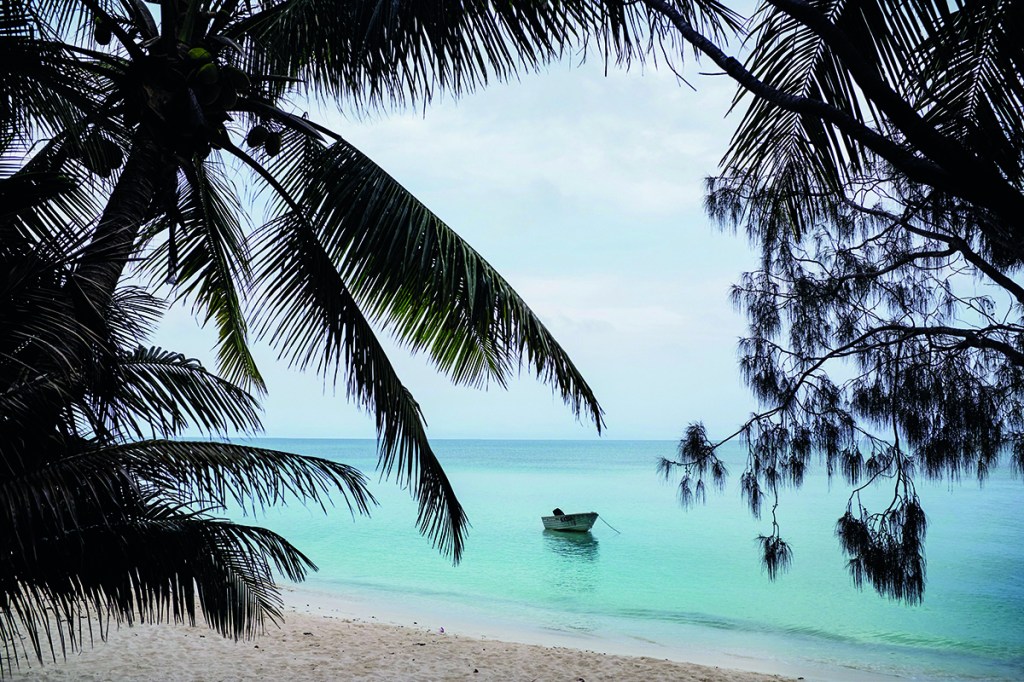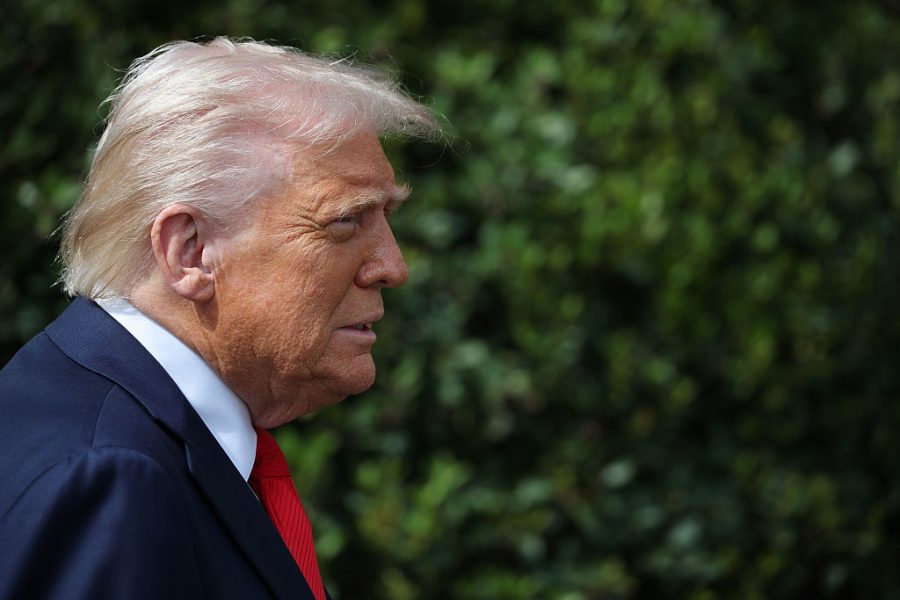Holiday islands, desert islands, love islands, islands of eternal youth, siren islands, islands filled with screaming demons. Of all the earth’s topographic features, islands are the most elastic, the most adept at accommodating the wilder projections of our imagination. Why it should be so is a question that has exercised writers from D.H. Lawrence to Oscar Wilde, Annie Dillard to Adam Nicolson. The cultural geographer John Gillis identifies it as a curiously western trait, an extension of the metaphysical thirst for definition, the need to cut everything up into discrete entities in order to understand it.
Island Dreams is Gavin Francis’s own contribution to the debate, based on his decades-long attraction to islands. As a doctor, his adult life has been a sustained oscillation between the intensely social world of clinical work and the outposts of some of the world’s remotest places: Athos, Iona, Barra, the Andaman Islands, Greenland, Patagonia, Norway’s Lotofen Islands, Lamu off the Kenyan coast, even an island on high-up Lake Titicaca. The places he cites read like a lockdown litany of longed-for destinations, an islophile’s bucket-list. In many cases, Francis not only visited the islands but worked on them. He has conducted surgeries on the Scottish islands of Skye and Raasay, spent over a year as resident doctor at the Halley Research Station in Antarctica (chronicled in his excellent Empire Antarctica), worked as a warden on the Isle of May in the outer Firth of Forth, and learned to be a parent on the Orcadian island of Hoy. In between these adventures, he has been based in Edinburgh — completing his medical training, donning a blue gown as a neurosurgeon, and dealing with patients as a family GP.
His analysis of this polarized, Brownian existence is both precise and profound. The book examines the push-pull dilemma — the ‘tension between isolation and connection’. It is a task that feels to him like a chess game with himself, in which each side of his life is maneuvering against the other. But the text tells a different story — less a competitive tussle than a dream-fueled alternation between idealism and practicality.
Love of islands finds a parallel in a love of maps. To translate and distill a piece of territory on to a map is to ‘encompass it… exert power over it’, to contain it. Islands do the same — manageable distillations of space, in which boundlessness of land can be offset by somewhere finite, by a conceivable, sea-surrounded shape. The book is scattered with beautiful full-page representations of the places he describes. They are drawn from satellite images, atlases, navigational charts and medieval portolans. Each of these images offers an abstraction not just of an island and the mapmaker’s era but the sensation of island-longing itself.
To the outsider, islands embody the urge for isolation — an urge that has its psychological precedent in adolescence. Francis quotes the psychoanalyst Donald Winnicott: ‘The adolescent is an isolate. This preservation of personal isolation is part of the search for identity.’ The draw of islands, then, is the residue of that struggle — ‘less a preference than a diagnosis’. Island-hunters are eternal teenagers.
In his centrifugal wanderings, Francis meets other urban refugees like himself — in the Outer Hebrides, a French woman looking for fairies and a ‘buzz-cut banker from New York’ hauling a surfboard around on his bike trailer. He does not meet many native islanders. There is little discussion about sustaining life on the periphery, the marginalized existence, the lack of opportunity, the yearning of many young islanders to immerse themselves in the hyper-connected city to which he returns with ease. That is not a failing. It is not the book’s intention. Francis is focused on the outsider’s view: ‘Is the gift of an island its curtailment of opportunity? That they offer time to journey in, rather than opportunities for attention to be directed out?’ For those who have the choice, an island is a place to go to simplify life, to strip it bare of the constant attention-battering of our world.
When Francis was writing he was not to know that, by the time of publication, isolation would have left its island home to push us six feet apart, to make us archipelagos. But the island experience he is exploring is something different — more extreme, more idealistic. ‘What is it I’ve been trying to capture?’ he asks in conclusion. ‘A sense of reverence, and an absence of distraction… The familiar elements of sky and sea.’ Pure isolation means no connection, no phone, no internet, no social media and no newsbabble. For most of us, this year’s confinement has not meant that.
Island Dreams draws on a host of fictional and historical figures who have found themselves properly marooned. Robinson Crusoe, Ben Gunn and Alexander Selkirk all grappled with survival, cut off on remote islands. Their accounts became bestsellers because of the simple question they pose: how would we cope in such a situation? In his elegant, questing book, flavored by wide learning and deep experience, Francis offers a fresh look at a perennial paradox: whether we live gregariously in a city or remotely on an island, a part of us is always wondering and fantasizing about the other.
This article was originally published in The Spectator’s January 2021 US edition.

























